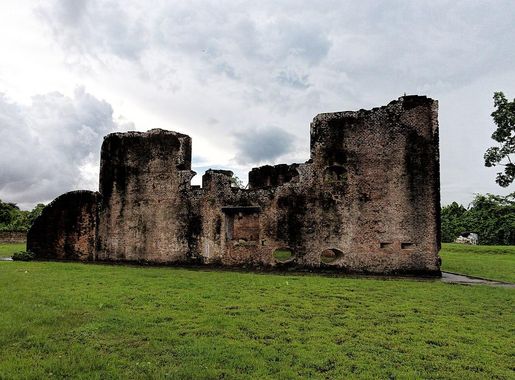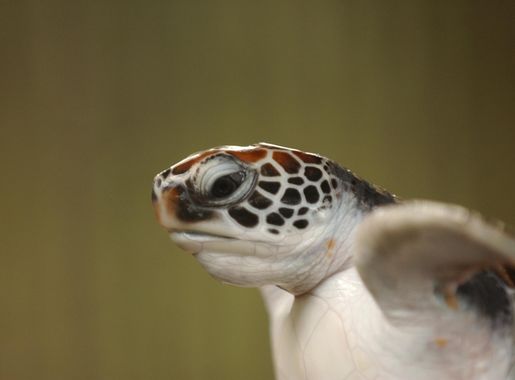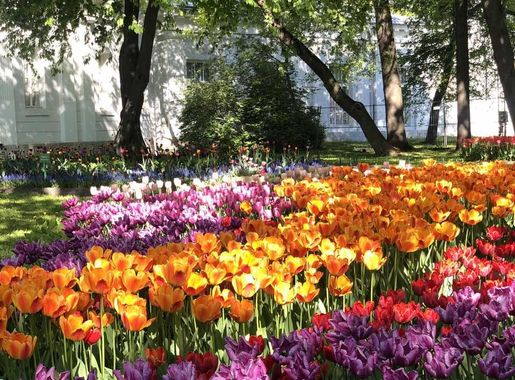
Young Island: A Slice of Caribbean Paradise
Discover Young Island: A private island retreat in Saint Vincent and the Grenadines, offering luxury accommodation, pristine beaches, and stunning natural beauty.
Young Island is a private island located just off the southern coast of Saint Vincent in Saint Vincent and the Grenadines. This small but luxurious island offers an exclusive and intimate experience for tourists seeking a serene escape. With its lush greenery, white sandy beaches, and clear turquoise waters, Young Island is a true Caribbean gem. The island features a boutique resort with charming cottages that blend seamlessly with the natural surroundings. Each cottage provides stunning views of the ocean and the nearby islands. The resort's amenities include a freshwater swimming pool, a spa, and several dining options serving local and international cuisine. The island is perfect for couples looking for a romantic getaway or anyone wanting to unwind in a tranquil setting. Water activities are a highlight on Young Island. Visitors can enjoy snorkeling, kayaking, and sailing in the calm waters around the island. The coral reefs nearby are teeming with marine life, making it a great spot for underwater exploration. For those who prefer to stay on land, scenic hiking trails offer breathtaking views of the surrounding seascape. Young Island is a short ferry ride from the main island of Saint Vincent, making it easily accessible yet wonderfully secluded.
Local tips in Young Island
- Book your stay well in advance, especially during peak tourist seasons, to ensure availability.
- Pack light and breathable clothing, as the island enjoys warm tropical weather year-round.
- Bring reef-safe sunscreen to protect both your skin and the delicate marine ecosystem.
- Take advantage of the complimentary ferry service to explore the nearby attractions on Saint Vincent.
- Try the local dishes at the island's restaurant for a taste of authentic Caribbean cuisine.
Young Island: A Slice of Caribbean Paradise
Young Island is a private island located just off the southern coast of Saint Vincent in Saint Vincent and the Grenadines. This small but luxurious island offers an exclusive and intimate experience for tourists seeking a serene escape. With its lush greenery, white sandy beaches, and clear turquoise waters, Young Island is a true Caribbean gem. The island features a boutique resort with charming cottages that blend seamlessly with the natural surroundings. Each cottage provides stunning views of the ocean and the nearby islands. The resort's amenities include a freshwater swimming pool, a spa, and several dining options serving local and international cuisine. The island is perfect for couples looking for a romantic getaway or anyone wanting to unwind in a tranquil setting. Water activities are a highlight on Young Island. Visitors can enjoy snorkeling, kayaking, and sailing in the calm waters around the island. The coral reefs nearby are teeming with marine life, making it a great spot for underwater exploration. For those who prefer to stay on land, scenic hiking trails offer breathtaking views of the surrounding seascape. Young Island is a short ferry ride from the main island of Saint Vincent, making it easily accessible yet wonderfully secluded.
When is the best time to go to Young Island?
Iconic landmarks you can’t miss
Canouan
Experience the serene beauty and thrilling adventures of Canouan Island, a hidden gem in the Grenadines perfect for beach lovers and explorers alike.
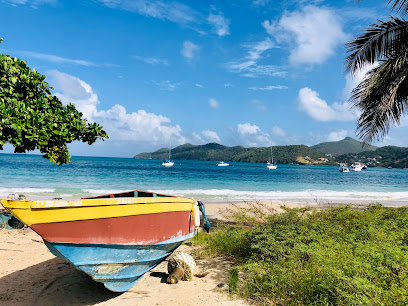
Blue Lagoon Hotel and Marina
Experience luxury and adventure at Blue Lagoon Hotel and Marina, your perfect escape in Saint Vincent with stunning views and exceptional amenities.

Saint Vincent
Explore Saint Vincent, the gem of the Grenadines, known for its stunning landscapes, vibrant culture, and thrilling adventures in the heart of the Caribbean.
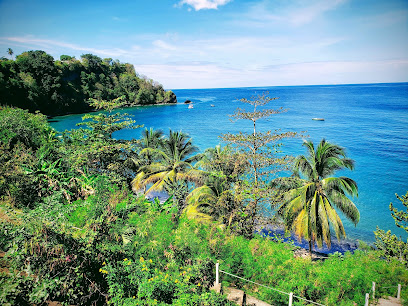
Young Island Resort
Discover the ultimate Caribbean getaway at Young Island Resort, where luxury meets nature in the heart of Saint Vincent.

Wallilabou Anchorage
Explore Wallilabou Anchorage: A stunning dining destination in Saint Vincent, blending culinary delights with breathtaking Caribbean views.
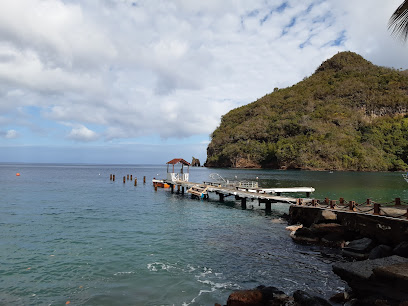
Fort Charlotte, Saint Vincent
Explore Fort Charlotte, a historical gem in Saint Vincent with stunning views, rich history, and beautiful gardens overlooking Kingstown.

Paradise Beach Hotel
Experience the beauty of the Caribbean at Paradise Beach Hotel, a serene oasis in Arnos Vale, perfect for relaxation and adventure.

Grenadine House
Discover the charm of Grenadine House in Kingstown, St. Vincent—a perfect blend of comfort, culture, and Caribbean hospitality.

The Cobblestone Inn
Discover the charm of Kingstown at The Cobblestone Inn, where comfort meets Caribbean culture in the heart of St. Vincent.
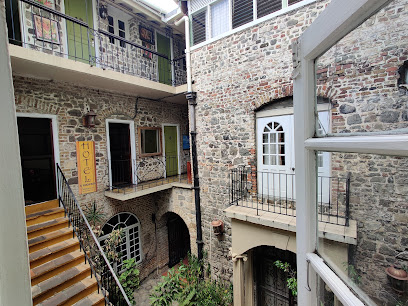
Salt Whistle Bay
Experience the tranquil beauty of Salt Whistle Bay, Mayreau, where pristine beaches and vibrant marine life create a tropical paradise.

Bequia
Discover the enchanting beauty of Bequia, an idyllic island in the Grenadines, perfect for relaxation, adventure, and cultural exploration.
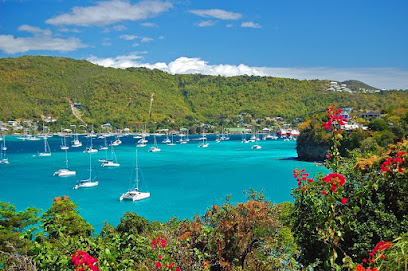
Black Point Tunnel
Explore the historic Black Point Tunnel in Byera Hill, a captivating attraction surrounded by lush landscapes and rich heritage.
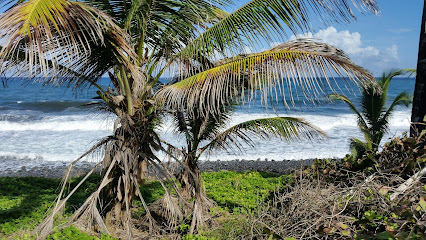
Fort Duvernette
Discover the historical significance and breathtaking views of Fort Duvernette, a captivating Caribbean fortress steeped in history and natural beauty.
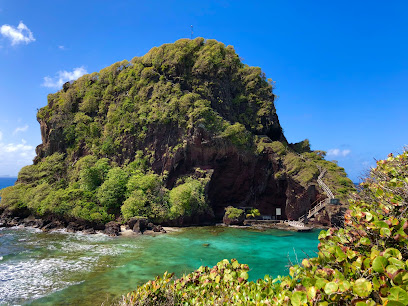
Firefly Estate Bequia
Experience the luxury and tranquility of Firefly Estate Bequia, a premier destination offering breathtaking views and exceptional amenities.

Coconut Grove Beach Club
Experience the flavors of the Caribbean at Coconut Grove Beach Club, where stunning views meet delicious local cuisine in a tropical paradise.

Unmissable attractions to see
Falls Of Baleine
Experience the breathtaking beauty of Falls of Baleine, a stunning waterfall in Wallibou, St. Vincent, perfect for nature lovers and adventure seekers alike.

Table Rock
Immerse yourself in the natural beauty of Table Rock, a serene park in Pembroke, featuring stunning waterfalls and lush landscapes for a perfect getaway.
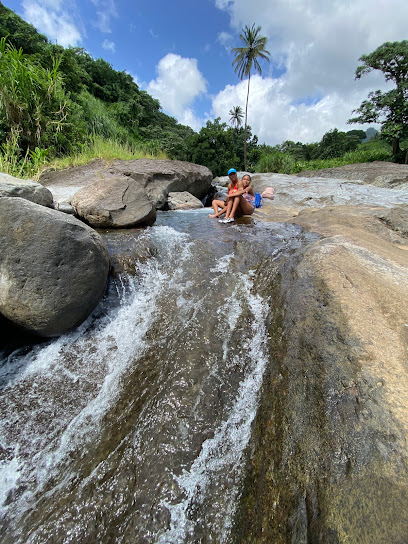
Heroes Park
Explore Heroes Park in Kingstown, a peaceful retreat filled with lush greenery and rich cultural heritage, perfect for relaxation and reflection.

SAINT ANDREW MOUNTAIN
Experience the beauty of Saint Andrew Mountain, a stunning hiking area in Dubois renowned for its breathtaking views and diverse wildlife.

White Sands Beach
Discover the pristine beauty of White Sands Beach in Arnos Vale, a perfect blend of relaxation and adventure amidst stunning Caribbean views.
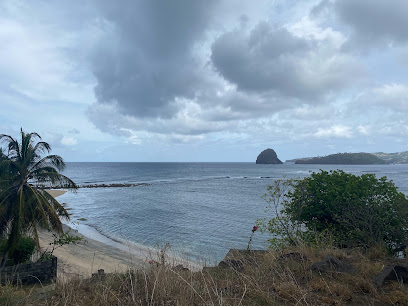
Hellsgate
Experience the breathtaking beauty and rich history of Hellsgate, a captivating tourist attraction in Waterloo that showcases nature's wonders.

Crescent Beach
Discover the pristine beauty of Crescent Beach on Bequia Island, where soft sands and crystal-clear waters create a tropical paradise for relaxation and adventure.
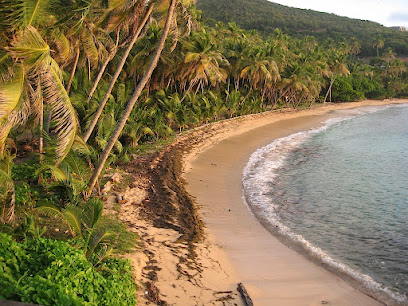
Принцесса Маргарет Бич
Discover the serene beauty of Prince Margaret Beach in Clare Valley, a perfect escape for families and adventurers seeking relaxation and natural wonders.

Essential places to dine
Cheri's Rooftop Terrace
Experience exquisite Caribbean cuisine with stunning views at Cheri's Rooftop Terrace in Port Elizabeth - a culinary delight for every traveler.

Young Island Resort Restaurant
Discover authentic Caribbean flavors at Young Island Resort Restaurant with stunning views and delightful ambiance.

Summer Rose Bar & Lounge
Discover the elegance of Summer Rose Bar & Lounge - where exquisite dining meets breathtaking views in Villa.
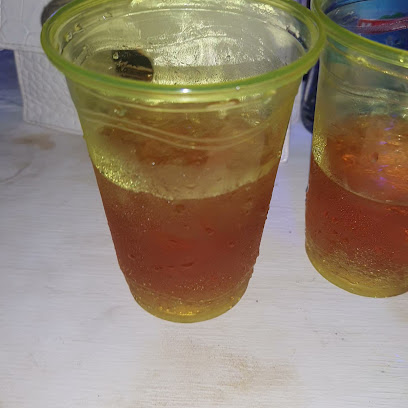
Markets, malls and hidden boutiques
Toney's Mini Mart
Discover the vibrant flavors of the Caribbean at Toney's Mini Mart in Calliaqua, a local treasure for authentic products and warm hospitality.

Mareyna Fragrance Store
Explore the enchanting Mareyna Fragrance Store in Saint Vincent, where exquisite perfumes and beauty supplies await to captivate your senses.

A Street, Belvedere.L &E Supermarket
Discover unbeatable prices and local flavors at A Street's L&E Supermarket in Belvedere Estate, Brighton, perfect for your travel essentials.

#1 Women's Boutique -Miami Girl Boutique
Explore the stylish collections at Miami Girl Boutique, a premier women's clothing store in Kingstown, offering unique fashion pieces and personalized service.
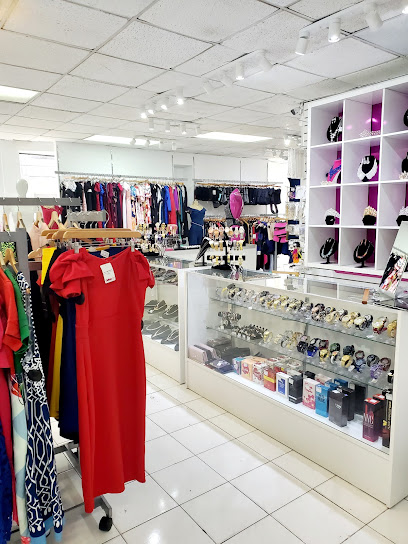
Fine Things Ltd
Explore Fine Things Ltd in Arnos Vale for unique home goods and local crafts that reflect the Caribbean's vibrant culture.

Lagoon Marketplace
Experience the local flavors at Lagoon Marketplace, a vibrant supermarket in Ribishi, offering fresh produce and unique Caribbean treats.

The Trend- LEVI’S
Explore The Trend - LEVI’S in Kingstown for stylish clothing and a taste of local fashion culture.
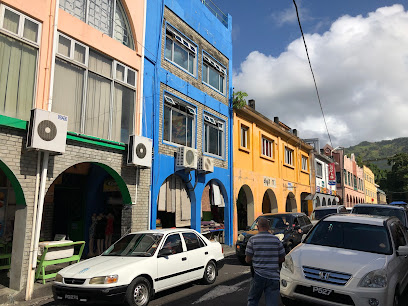
Anáke Boutique SVG
Discover unique Caribbean fashion at Anáke Boutique SVG in Kingstown, offering stylish clothing for both men and women in a vibrant shopping experience.

Samanta & Sons
Explore the vibrant fashion at Samanta & Sons in Kingstown, showcasing local craftsmanship and Caribbean style.

En-Jay Desings
Discover the vibrant world of local crafts at En-Jay Designs in Kingstown, a true gem for art lovers and souvenir seekers.
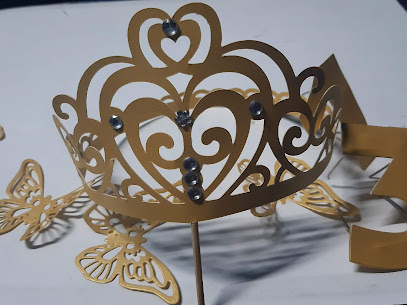
Voyager
Explore Voyager in Kingstown, a vibrant department store brimming with local treasures and unique shopping experiences.

The Modern Place
Explore The Modern Place in Kingstown for unique local gifts and souvenirs that capture the island's spirit and culture.

Greenhouse Cafe at Lagoon Marketplace
Discover the serene ambiance and unique cannabis-infused cuisine at Greenhouse Cafe, nestled in the beautiful Blue Lagoon Hotel and Marina.
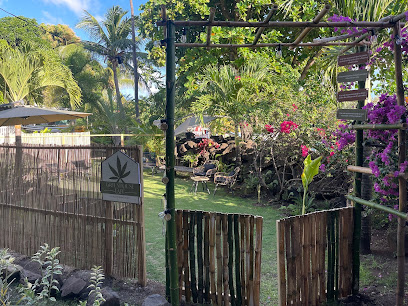
Pretty Little Things
Explore Pretty Little Things: Kingstown's charming gift shop featuring unique, locally crafted souvenirs and artisanal treasures.

SayCheap
Explore SayCheap in Kingstown for trendy, affordable clothing that captures the vibrant essence of Caribbean fashion.

Essential bars & hidden hideouts
Mangoz Restaurant and Bar
Experience the vibrant flavors of the Caribbean at Mangoz Restaurant and Bar, your go-to destination for a delightful dining experience in Villa.
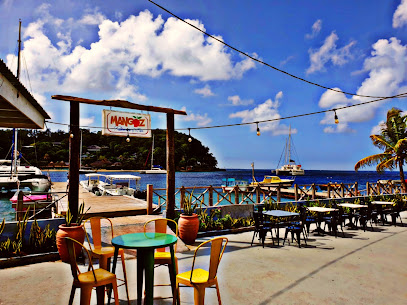
Tree Bar
Experience vibrant nightlife at Tree Bar in Arnos Vale, featuring cocktails, live music, and a welcoming atmosphere for all visitors.
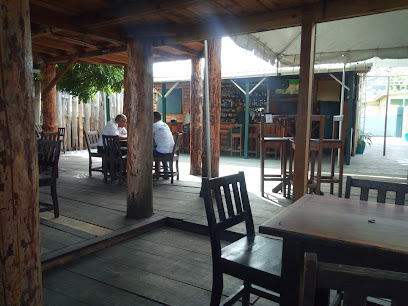
Flowt Beach Bar
Discover the delightful flavors and vibrant atmosphere of Flowt Beach Bar, the ultimate grill destination in Rathomill's stunning marina.
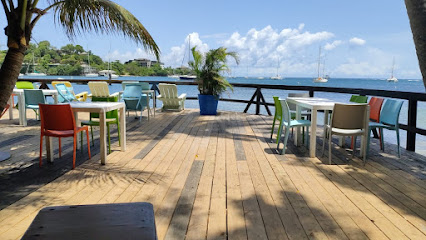
Flow Wine Bar and Kitchen
Experience the best of Kingstown's culinary scene at Flow Wine Bar and Kitchen, where exquisite wines meet delightful cuisine in an inviting atmosphere.

The Loft Restaurant and Bar
Experience exquisite dining and stunning harbor views at The Loft Restaurant and Bar, a perfect blend of culinary delight and scenic beauty.

D JUDGE Ole School Bar
Experience the vibrant local nightlife at D JUDGE Ole School Bar in Calder, where friendly faces and affordable drinks create unforgettable memories.
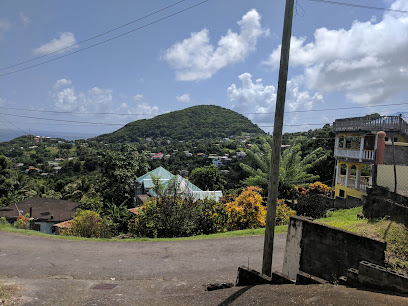
Young Island Resort Restaurant
Experience the flavors of the Caribbean at Young Island Resort Restaurant, a culinary haven with stunning ocean views and fresh, local ingredients.

We Ting Entertainment & Bar, Villa
Experience the vibrant nightlife at We Ting Entertainment & Bar in Arnos Vale, where delicious cocktails and lively entertainment await every visitor.
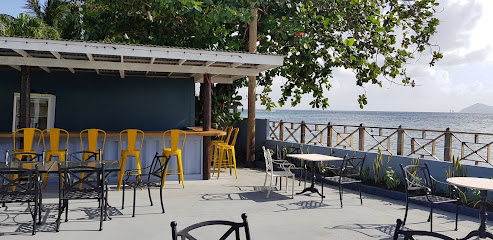
Captain Lano’s Bar
Experience the vibrant flavors and warm hospitality of Captain Lano’s Bar, the perfect dining spot in Villa for an authentic Caribbean experience.

Darren's Bridge Bar
Experience the vibrant nightlife at Darren's Bridge Bar, where local flavors and friendly faces create unforgettable memories in Fountain Stretch.
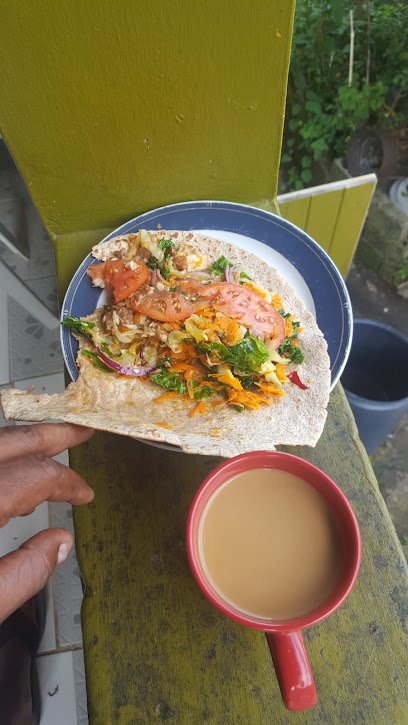
Dougan's Bar & D Backyard
Discover Dougan's Bar & D Backyard: A lively local bar in Arnos Vale, perfect for drinks, sports, and vibrant social gatherings.

Kendol’s Bar
Discover the vibrant atmosphere of Kendol's Bar in Belvedere, Kingstown – a must-visit for tourists seeking local flavor and refreshing drinks.

Summer Rose Bar & Lounge
Discover the perfect blend of exquisite dining and vibrant nightlife at Summer Rose Bar & Lounge, located at Young Island Dock in Villa.
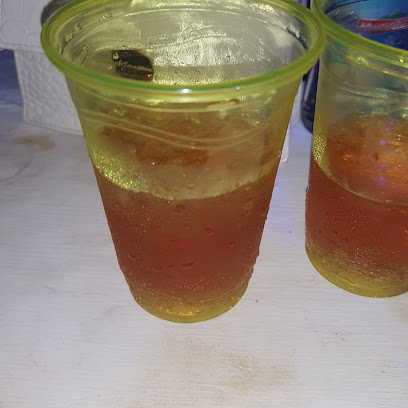
JaMbar
Discover the vibrant flavors of the Caribbean at JaMbar, a must-visit bar and juice shop on Windward Highway in Mill.

GREAT VIEW
Experience stunning panoramas and refreshing cocktails at GREAT VIEW Bar in Calliaqua – the perfect spot for relaxation and scenic beauty.
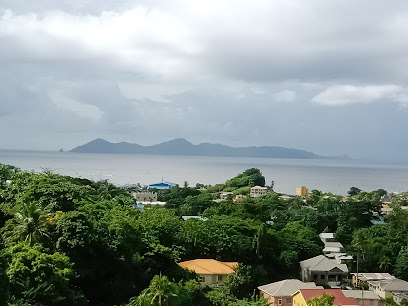
Local Phrases about Young Island
-
- HelloWah gwaan
[wah gwaan] - GoodbyeWeh guh
[weh guh] - YesYa man
[ya man] - NoNah man
[nah man] - Please/You're welcomeIf yuh please
[if yuh please] - Thank youTank yuh
[tank yuh] - Excuse me/SorrySarry
[sarry] - How are you?How yuh dey?
[how yuh dey] - Fine. And you?Mi dey aight. An yuh?
[mi dey aight. an yuh] - Do you speak English?Yuh speak English?
[yuh speak English] - I don't understandMi nah undastan
[mi nah undastan]
- HelloWah gwaan
-
- I'd like to see the menu, pleaseMi wah see di menu, please
[mi wah see di menu, please] - I don't eat meatMi nah eat meat
[mi nah eat meat] - Cheers!Cheers!
[cheers] - I would like to pay, pleaseMi wah pay, please
[mi wah pay, please]
- I'd like to see the menu, pleaseMi wah see di menu, please
-
- Help!Help!
[help] - Go away!Gwaan weh!
[gwaan weh] - Call the Police!Call di Police!
[call di police] - Call a doctor!Call a docta!
[call a docta] - I'm lostMi lost
[mi lost] - I'm illMi sick
[mi sick]
- Help!Help!
-
- I'd like to buy...Mi wah buy...
[mi wah buy] - I'm just lookingMi jus a look
[mi jus a look] - How much is it?A fah how much?
[a fah how much] - That's too expensiveDat too dear
[dat too dear] - Can you lower the price?Yuh can drop di price?
[yuh can drop di price]
- I'd like to buy...Mi wah buy...
-
- What time is it?A wah time it dey?
[a wah time it dey] - It's one o'clockA one o'clock
[a one o'clock] - Half past (10)Haaf pass ten
[haaf pass ten] - MorningMawnin
[mawnin] - AfternoonAftanoon
[aftanoon] - EveningEvenin
[evenin] - YesterdayYestadeh
[yestadeh] - TodayTiday
[tiday] - TomorrowTamara
[tamara] - 1One
[one] - 2Two
[two] - 3Tree
[tree] - 4Fo'
[fo'] - 5Fiv
[fiv] - 6Six
[six] - 7Seven
[seven] - 8Eight
[eight] - 9Nine
[nine] - 10Ten
[ten]
- What time is it?A wah time it dey?
-
- Where's a/the...?Weh di...
[weh di] - What's the address?Weh di address dey?
[weh di address dey] - Can you show me (on the map)?Yuh can show mi (pan di map)?
[yuh can show mi (pan di map)] - When's the next (bus)?When di nex' (bus)?
[when di nex' (bus)] - A ticket (to ....)A tickit (to ....)
[a tickit (to ....)]
- Where's a/the...?Weh di...
History of Young Island
-
Long before European explorers set their sights on the Caribbean, Young Island was home to indigenous peoples. The earliest inhabitants were the Caribs, who were known for their seafaring skills and complex social structures. They used Young Island as a strategic point for fishing and trading with nearby islands.
-
In the late 15th and early 16th centuries, European explorers, including the Spanish and the British, began to arrive in the Caribbean. Young Island, like many of the smaller islands in the Grenadines, was initially overlooked in favor of larger territories. However, its strategic location soon caught the attention of colonial powers.
-
During the 18th and 19th centuries, Young Island found itself under British control as part of the colonial expansion in the Caribbean. The island was used primarily for agricultural purposes, such as sugarcane and cotton plantations. The British influence can still be seen in some of the architectural styles present on the island.
-
The Caribbean was a hotbed of pirate activity during the 17th and 18th centuries, and Young Island was no exception. The island's secluded bays and coves provided perfect hiding spots for pirates and privateers who preyed on passing merchant ships. Tales of buried treasure and pirate legends add a layer of mystique to the island's history.
-
In the latter half of the 20th century, Young Island underwent significant changes as it transitioned into a tourist destination. The construction of luxury resorts and the promotion of eco-tourism have made Young Island a popular spot for visitors seeking both adventure and relaxation. Despite these developments, the island has managed to maintain its natural beauty and historical charm.
-
Today, Young Island is a vibrant blend of cultures, reflecting its diverse history. The local population celebrates a mix of African, Carib, and European traditions, which can be seen in the island's music, dance, and festivals. Traditional crafts and culinary practices have been preserved and are a significant part of the island's cultural identity.
Young Island Essentials
-
Young Island is located just off the southern coast of Saint Vincent in the Grenadines. The nearest international airport is Argyle International Airport (AIA) on the main island of Saint Vincent. From the airport, you can take a taxi or shuttle service to Kingstown, the capital city. From Kingstown, a short ferry ride or private boat can take you directly to Young Island.
-
Young Island is relatively small, and most of its attractions are within walking distance. There are no public transport options on the island itself, but private boats and water taxis are available for trips to and from the main island of Saint Vincent. For exploring Saint Vincent, car rentals, taxis, and minibuses are readily available.
-
The official currency in Saint Vincent and the Grenadines is the Eastern Caribbean Dollar (XCD). US dollars are also widely accepted. Credit cards are accepted at most hotels, restaurants, and shops, but it is advisable to carry some cash for smaller establishments and tips. ATMs are available on the main island of Saint Vincent.
-
Young Island is generally a safe destination for tourists. However, it is always advisable to take standard precautions. Avoid walking alone at night and keep an eye on your belongings in crowded areas. While the crime rate targeting tourists is low, it's best to remain vigilant and aware of your surroundings, especially when visiting the main island of Saint Vincent.
-
In case of emergency, dial 911 for immediate assistance. The local police station and medical facilities are available on the main island of Saint Vincent. It is recommended to have travel insurance that covers medical emergencies. For minor health issues, there are pharmacies in Kingstown where you can purchase over-the-counter medications.
-
Fashion: Do dress casually and comfortably, but avoid overly revealing clothing when visiting local communities. Religion: Do respect local customs and traditions, especially when visiting churches. Public Transport: Do be respectful and courteous. Don't eat or drink on public transport. Greetings: Do greet people with a friendly hello or a nod. Eating & Drinking: Do try local dishes and accept hospitality graciously. Don't refuse food or drink offerings, as it can be considered impolite.
-
To experience Young Island like a local, take part in the island's water activities such as snorkeling and kayaking. Engage with the staff and residents, as they are often friendly and willing to share stories about the island's history and culture. Don’t miss trying the local cuisine, especially fresh seafood dishes. Visit the nearby Fort Duvernette for a bit of history and stunning views of the surrounding area.
Trending Landmarks in Young Island
Nearby Cities to Young Island
-
Things To Do in Barrouallie
-
Things To Do in Bequia
-
Things To Do in Port Elizabeth
-
Things To Do in Chateaubelair
-
Things To Do in Georgetown
-
Things To Do in Mustique
-
Things To Do in Canouan
-
Things To Do in Mayreau
-
Things To Do in Union Island
-
Things To Do in Vieux Fort
-
Things To Do in Laborie
-
Things To Do in Choiseul
-
Things To Do in Hillsborough
-
Things To Do in Malgretoute
-
Things To Do in Soufrière


